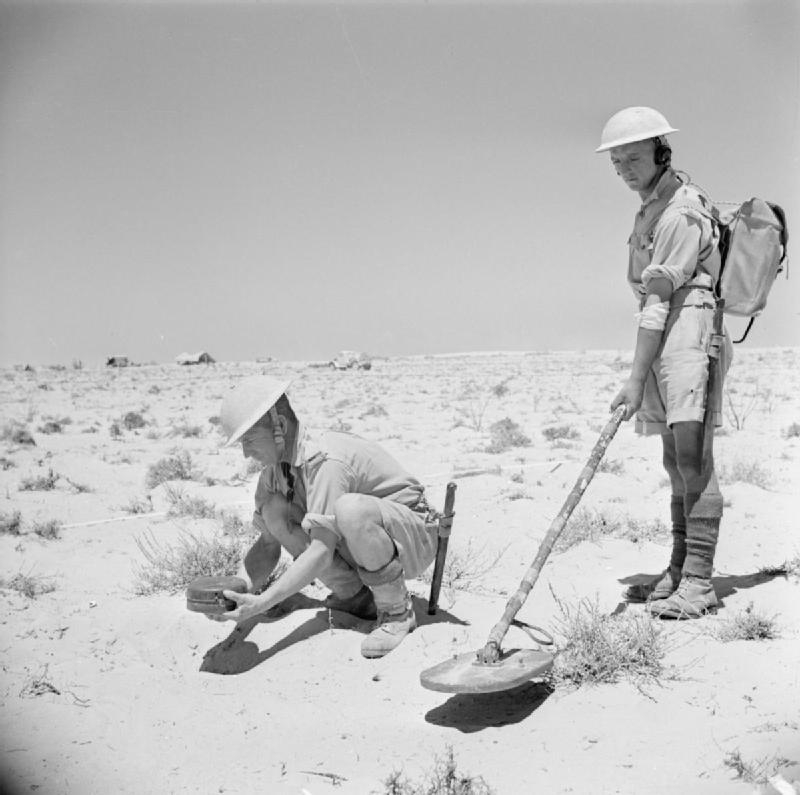Sappers love it the most because, since its invention, the mine detector has helped save many lives and win many battles. Did you know that the detector was invented by two Poles?
Manual electromagnetic detector – this is how a device commonly referred to as a mine detector can be professionally called. Some people say that its origins date back to before World War II when Colonel Lisiecki worked on it in the studio of the Military Radio Research Institute in Warsaw.
However, we are 100% sure that at the turn of 1941 and 1942 two Poles Lieutenant Józef Kosacki and Lieutenant Andrzej Graboś developed it. They both served in the Polish Armed Forces in the West, a military formation that was created after the fall of Poland after the joint attack by Nazi Germany and the Soviet Union in September 1939.
What was the first detector like?
Created by Poles, the prototype consisted of several parts. At the very bottom of the device, there was an ellipse-shaped plate. In the centre of the plate, two coils worked, which together created the electromagnetic field. The plate was attached to a bamboo stick, held by the detector operator on the other side. The person using the device also had a backpack with measuring equipment and headphones on. When the detector hit metal, it gave the appropriate signal.
It helped the British and not only them
Poles conducted tests in March 1942 on Scottish beaches. They were successful and the British introduced the detectors to their troops. It was the Polish mine detector that helped British soldiers to cross the mined fields during the Battle of El Alamein, which turned the tide of victory for the Allies.
The construction created by Poles turned out to be timeless. It was used in many armies for over 50 years, including during the Gulf War. Józef Kosacki never patented an invention. It was given free of charge to the British army.





